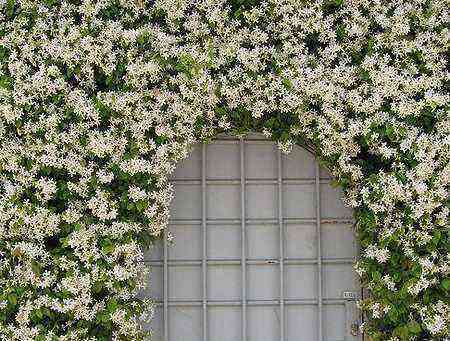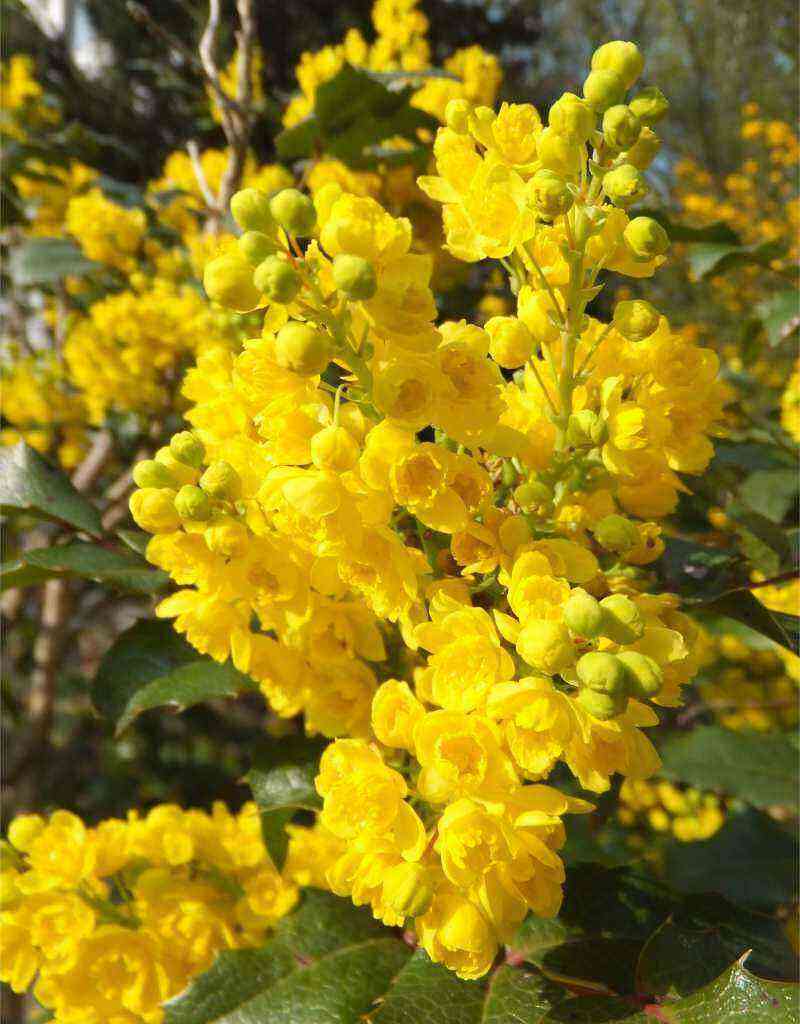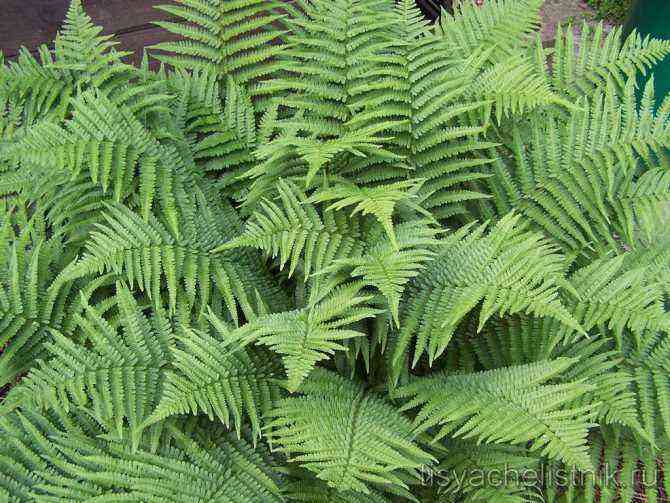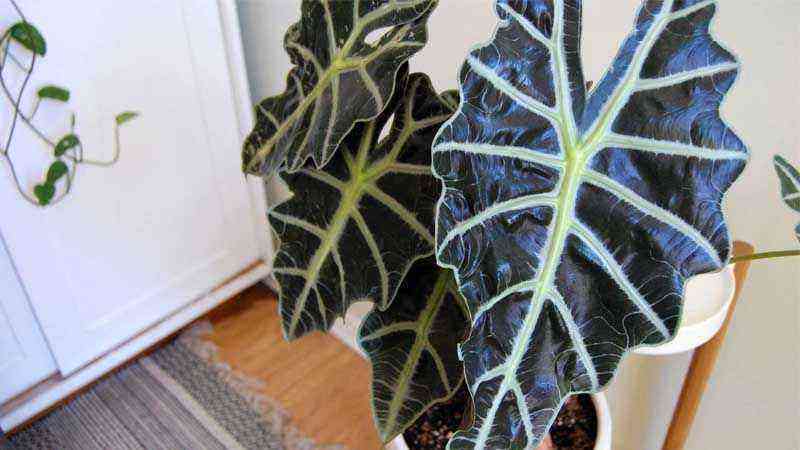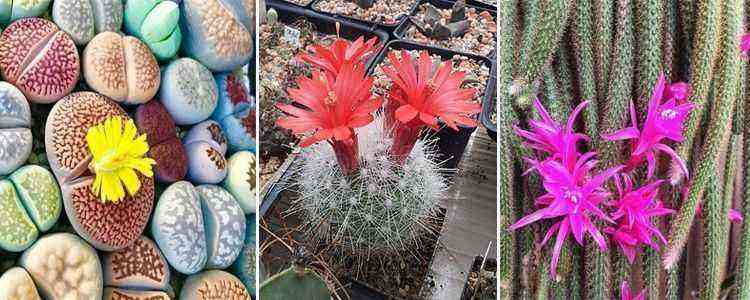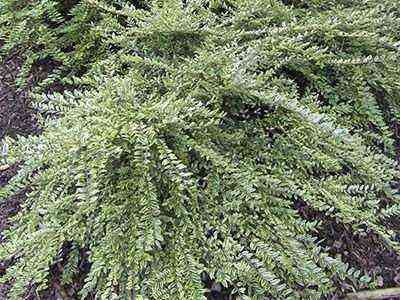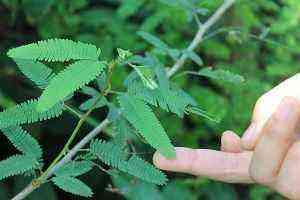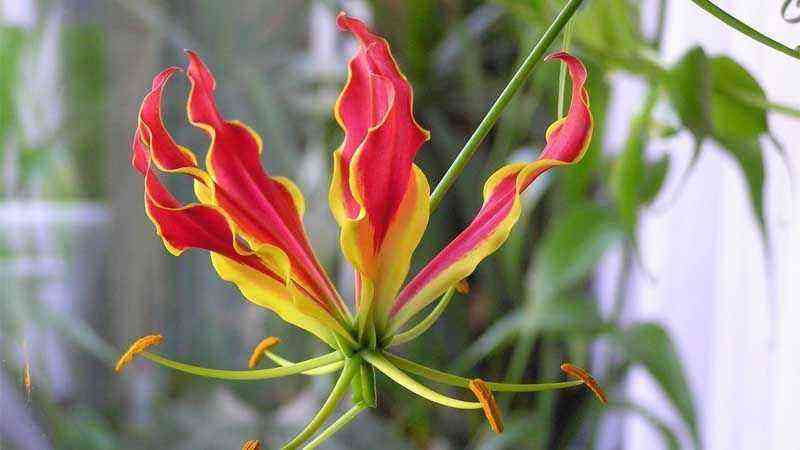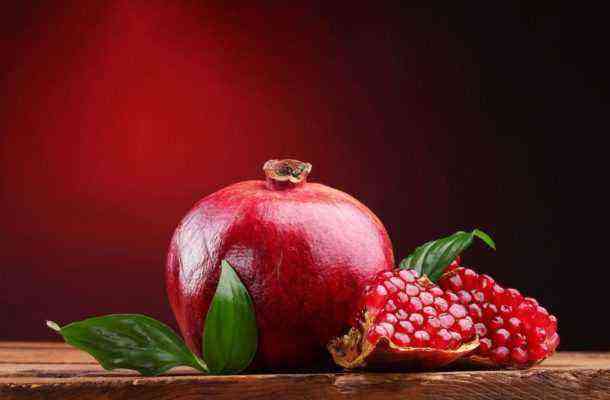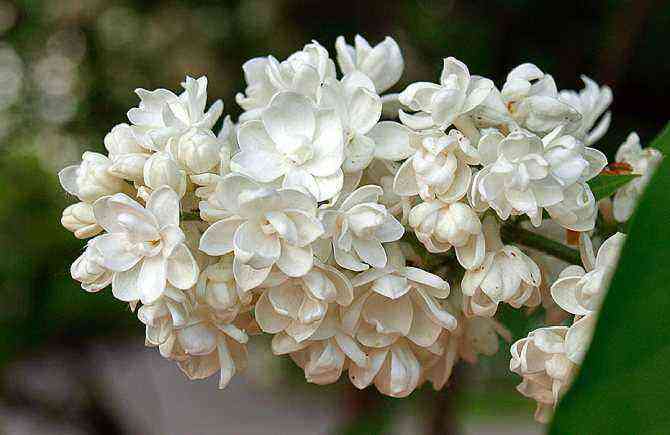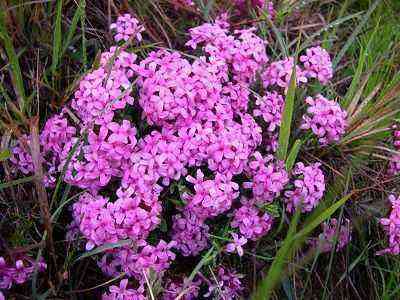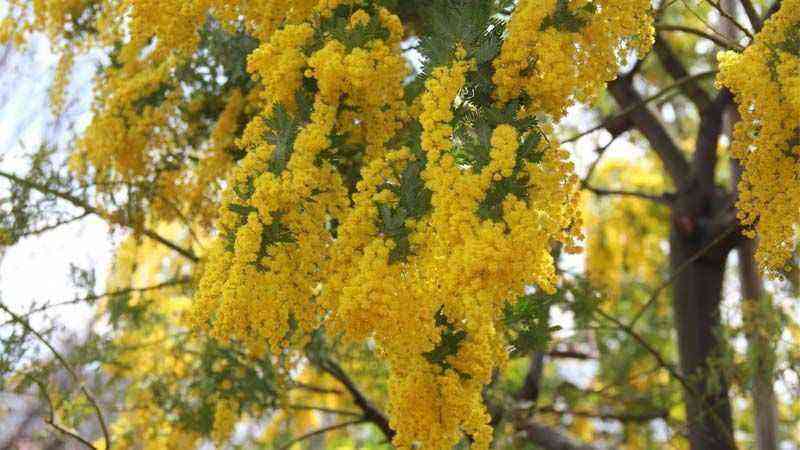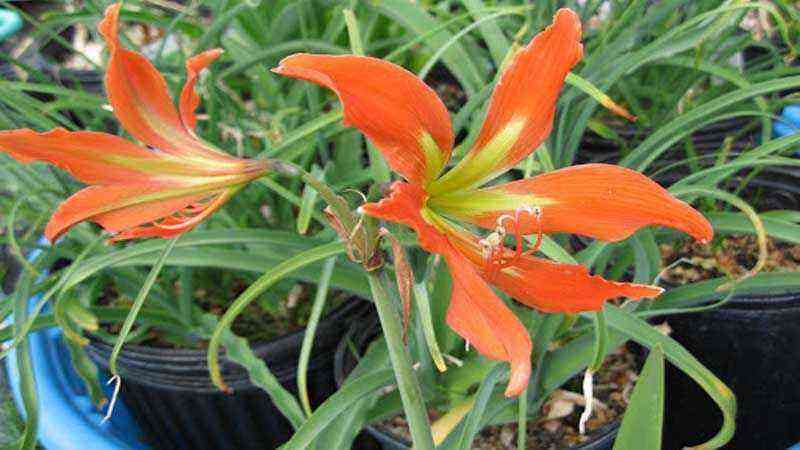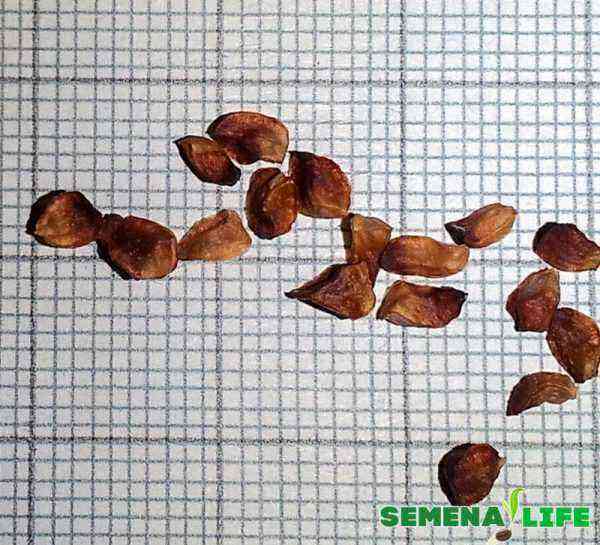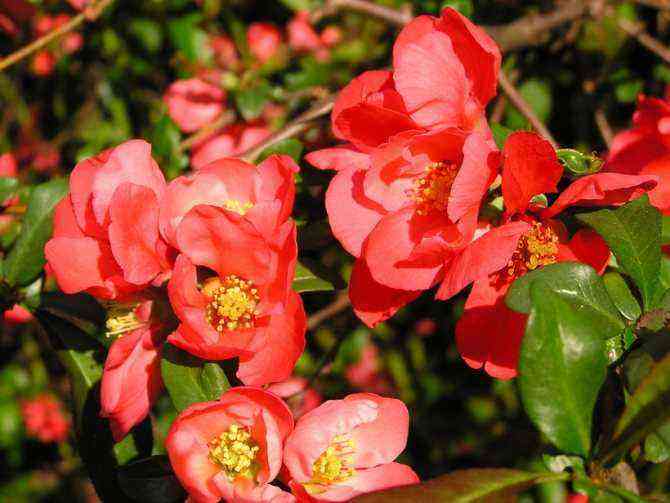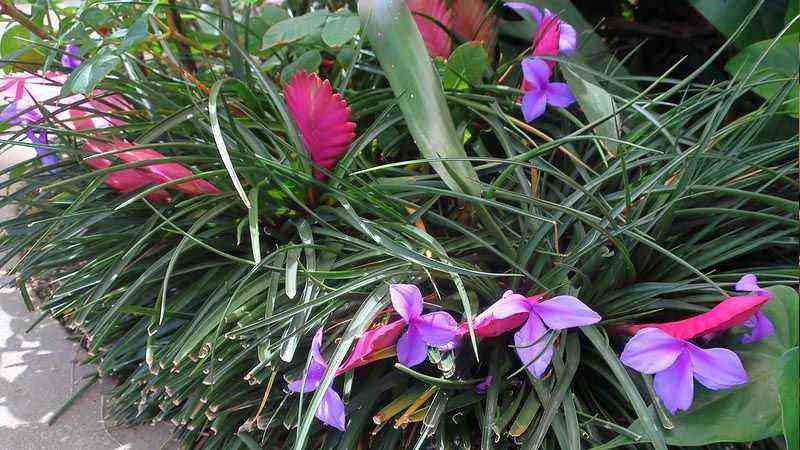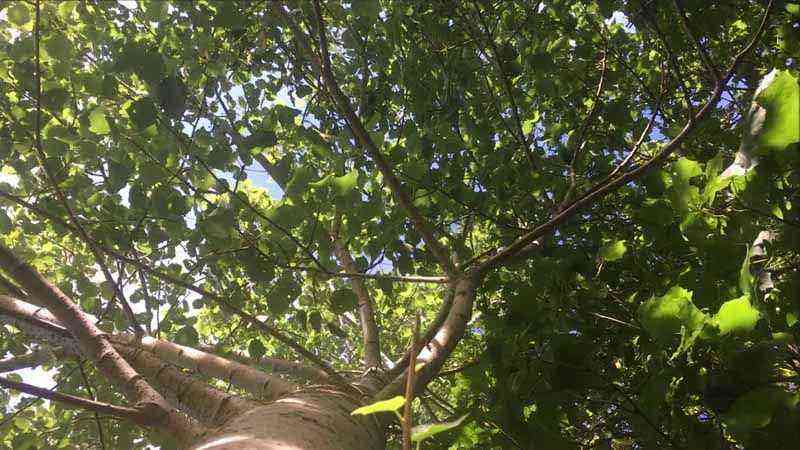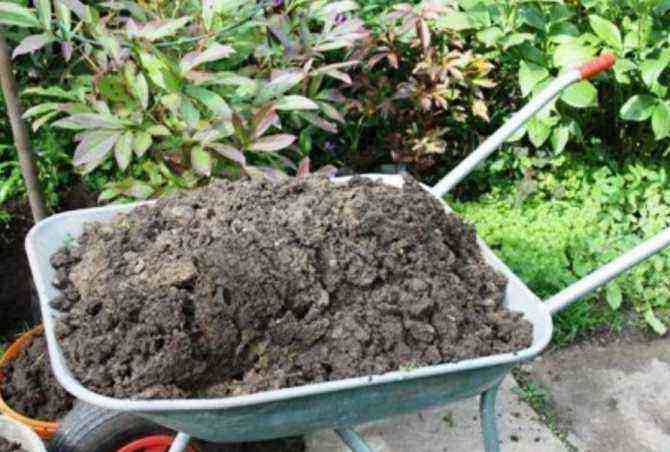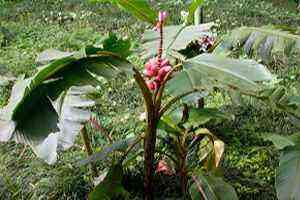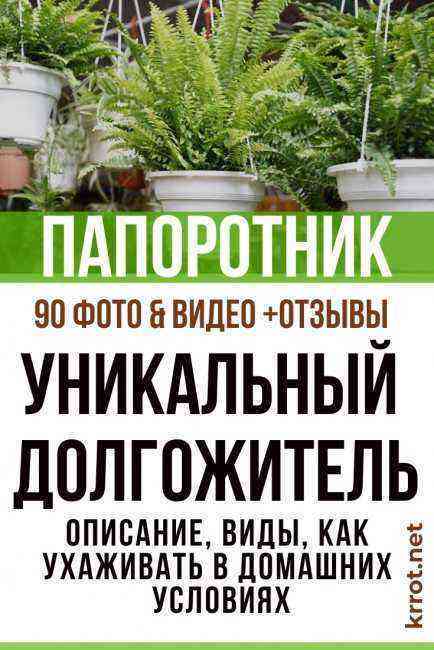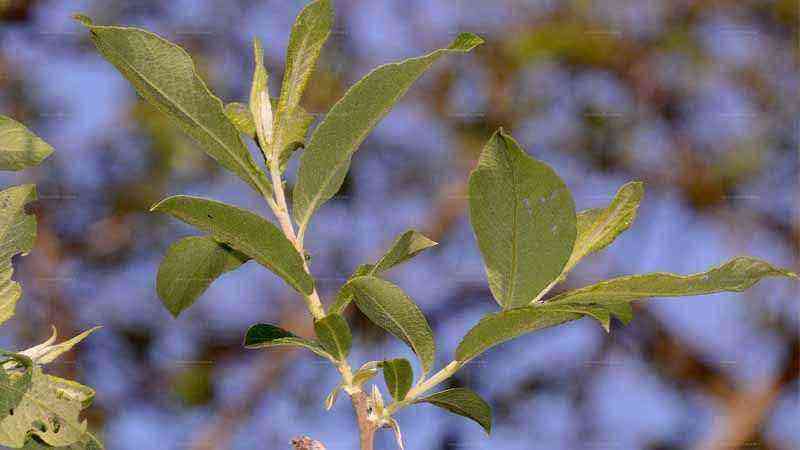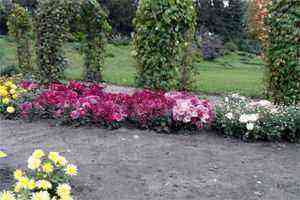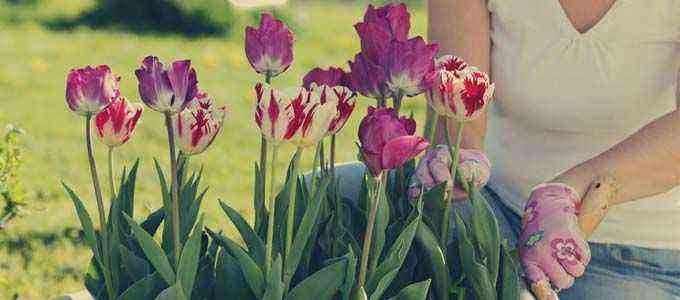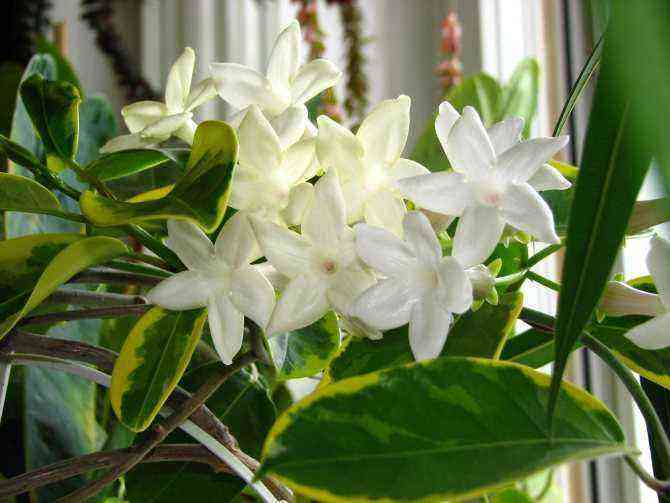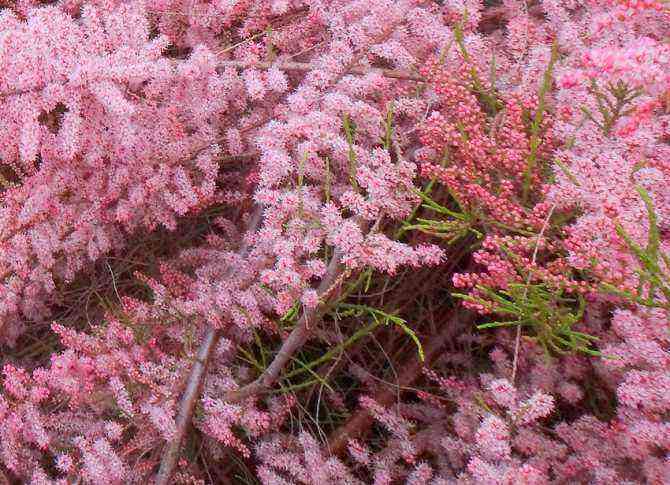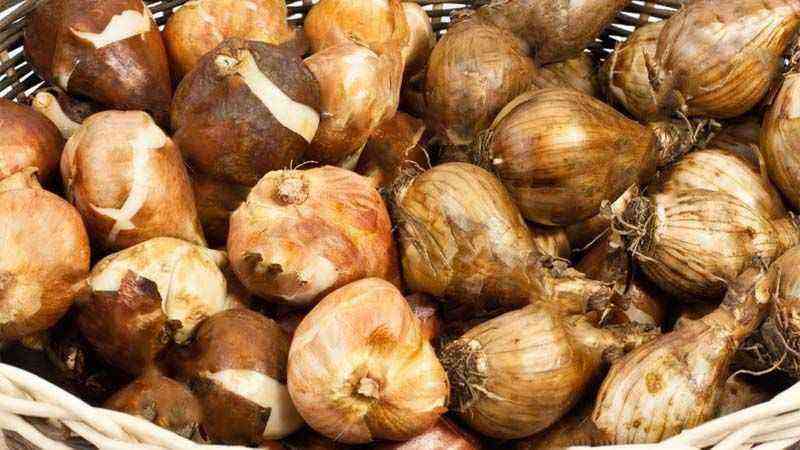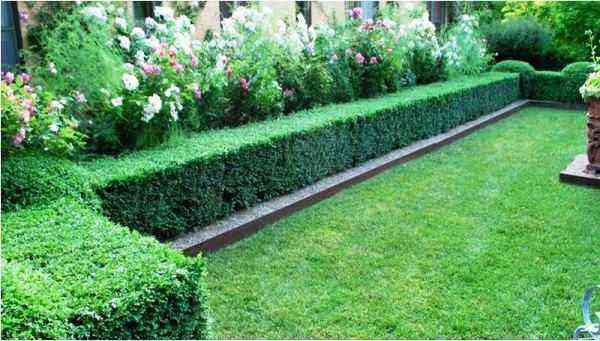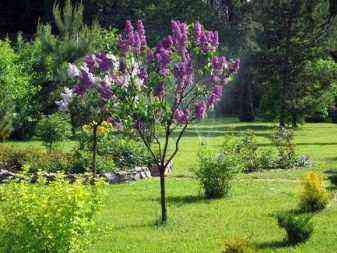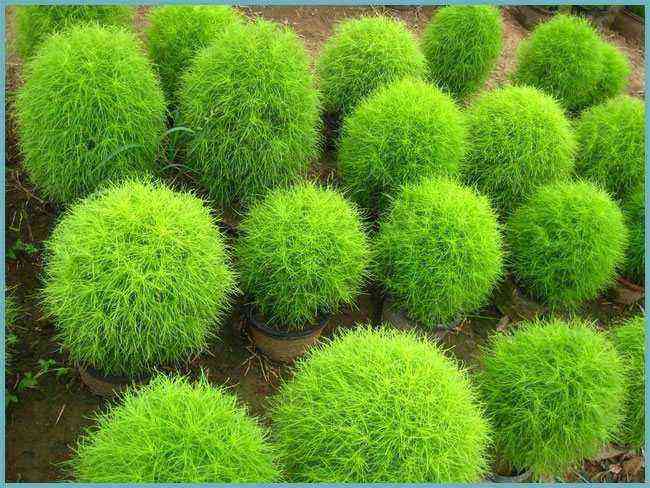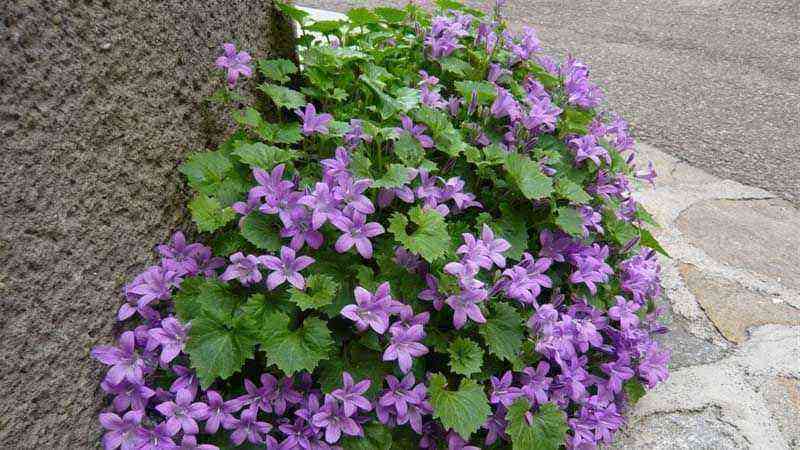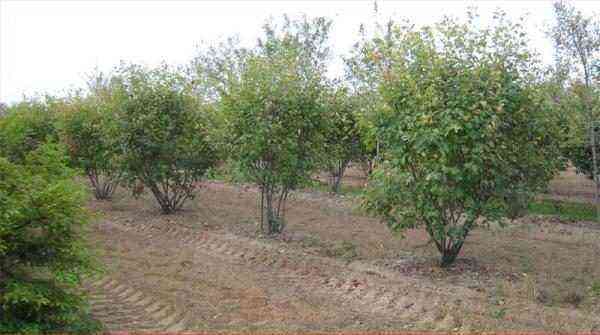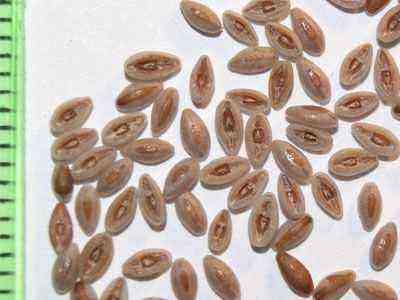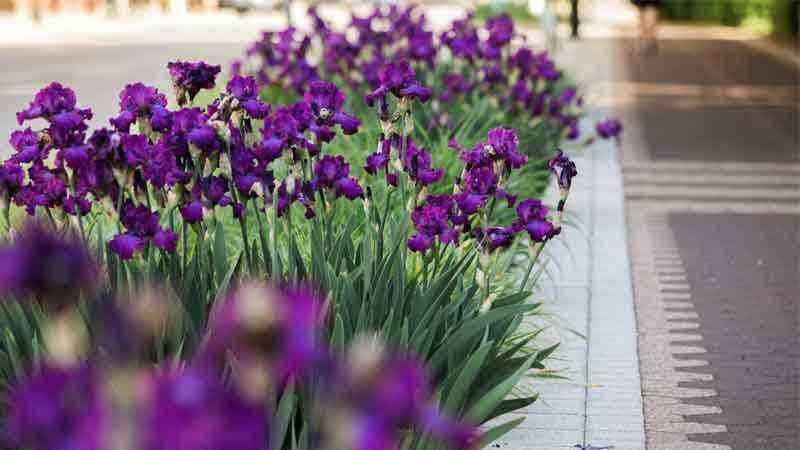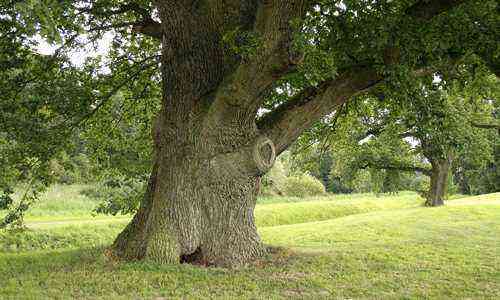Today at Agromática we opted for a crassulaceous plant that attracts a lot of attention. It has caught our attention because it can be grown outdoors, resisting well winter temperatures (mild climates) and since we are in the middle of winter, it is not bad to know that we have cold-resistant succulent plants since the main factor that characterizes them is their resistance. to drought and heat.
We present the Aeonium arboreum.
4 notes on gender Aeonium
The gender Aeonium spp. it is known mainly by a specific species, Aeonium arboreum. It is the species that is most cultivated from the ornamental point of view of the plant. Even so, this genus consists of almost 100 species, of which just under half are indigenous to the Canary Islands.
Of course, we can consider gender Aeonium like ours. It can be found all over the mediterranean basin and island areas such as Sardinia or Sicily and even in areas such as Morocco or East Africa.
It has a bushy bearing with branched stems and the formation of dense rosettes composed of fleshy leaves, a characteristic that identifies succulent plants.
Depending on the species and variety, the color variations in its leaves range from green to an almost black, glossy purple with a special appeal.
Some varieties of the genus such as Aeonium arboreum They can measure up to 1 meter or even more and their very long inflorescences of yellow flowers.
The yellow inflorescences with the purple rosettes are striking and of an unequaled contrast. An additional advantage of this plant is that the flowers last quite a long time in the plant, providing an added aesthetic value.
In some varieties, when sun grown outdoors, the direct incidence of the Sun causes an accentuation of purple hues, achieving a gradient from green to purple from the heart of the rosette to the tip of the highly ornamental leaf.
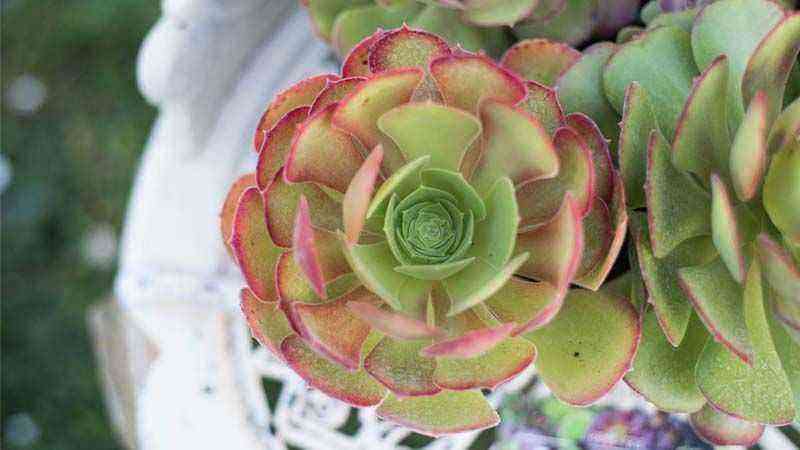

General care of Aeonium arboreum
We are going to focus on the best known species to highlight the most important aspects in its care.
Temperatures
Many succulent plants have their thermal limits above 10 or 15ºC. It is not the case we are talking about today whose thermal limit can be estimated at about 5ºC. It is even capable of holding records slightly below 0ºC for a short period of time although it can suffer damage to its tissues. Therefore, for outdoor cultivation it is recommended for mild climates, free of winter frosts.
Exposure to the sun
El direct sun it is the most suitable for this crassulaceous. Therefore, it is the sunny exteriors where we will see our Aeonium with great vigor. It tolerates indirect sun situations but always with good lighting as far as possible.
Irrigation
As a succulent plant, the water needs are little more than testimonial. It does not reach the level of cacti, but as always in this type of plant, it is better to sin from a defect than an excess.
The watering interval during the summer will be by letting the substrate dry completely and leaving it dry for one or two days. On winter, it is convenient completely suspend any water intake.
Substratum
The roots suffer from water stress very easily. Therefore, a sandy substrate with very good drainage. Two possible mixes for a suitable substrate are:
- 1/3 sand, 1/3 garden soil, 1/3 peat
- 1/2 sand, 1/4 garden soil, 1/4 peat
Multiplication and growing in a pot
The multiplication of Aeonium arboreum it is very complicated by seed and amazingly easy by cutting. For this reason, reproduction by seeds is relegated to nurseries and producers for the purpose of genetic improvement and new varieties.
From a gardener point of view, cutting is the option. Leaf, stem or even whole rosette cuttings can be made with some stem that will be embedded in a new substrate somewhat more sandy than the final one until it takes root.
Pot cultivation is perfectly possible, for example, for those climates that do not allow its cultivation outdoors due to intense winter cold.
Its size and growth will be much smaller, although its twisted and branched stems with rosettes, will give the appearance of bonsai more than a houseplant. It is worth trying.
